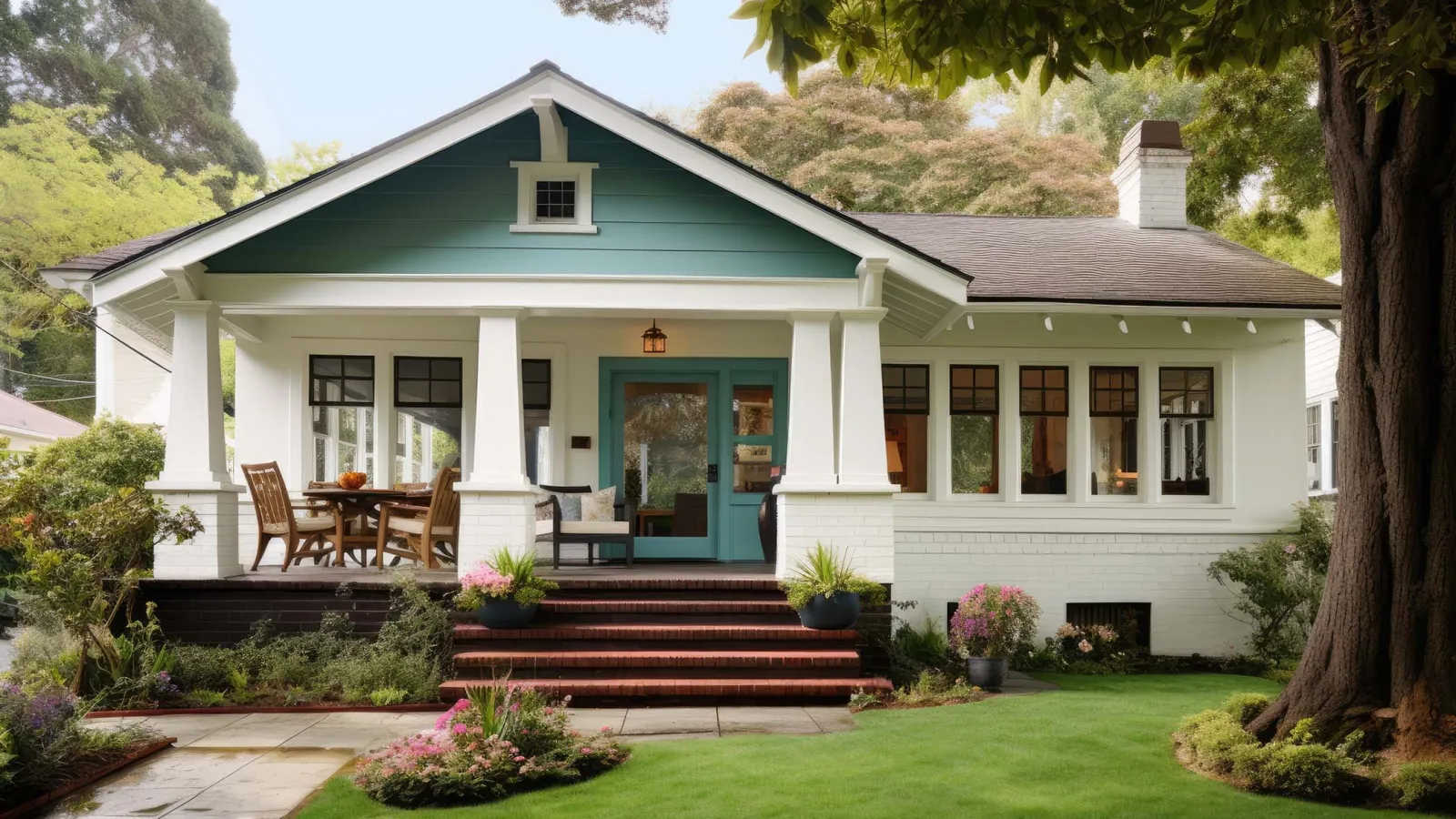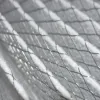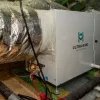Most crawlspaces are dark and wet. They also harbor biological contaminants (mold), pests, or both. These conditions compromise the durability and efficiency of your HVAC equipment, water heater, and other components that reside below your home. They can also create serious indoor air quality problems.
Long story short: Your crawlspace environment impacts the comfort of your indoor environment.
Crawlspace encapsulation can improve both. But you have to do it right.
If you’re considering crawlspace encapsulation for your Atlanta area home, we can point you in the right direction. Our home performance partners follow every critical step for an effective crawlspace encapsulation with minimal long-term maintenance.
What is crawlspace encapsulation, anyway?
Crawlspace encapsulation refers to the process of dividing the area below your home from your actual living space or building envelope. When done correctly, it prevents the passage of air from the crawlspace to your living environment and creates healthier living conditions.
Your crawlspace also goes from looking like this:

To this:

The benefits? Floors will be cooler in the summer and warmer in the winter. Your HVAC equipment will last longer. You’ll save on energy bills. You’ll reduce opportunities for mold or pests to enter your home. There’s a lot to love about an encapsulated crawlspace.
Unfortunately, not everybody does it right.
Here’s how not to improve your crawlspace
Before showing you the right way to encapsulate your crawlspace, let’s a look at a few things you shouldn’t do to improve your crawlspace environment:
- Add a vapor barrier… and nothing else: Halfway improvements are common, but they’re not effective. A plastic vapor barrier on the floor of your crawlspace might reduce humidity coming from the wet earth below, but it’s not going to insulate a vented crawlspace from the humid outdoors.
- Ignore poor waterproofing or mold growth: If you have standing water and/or mold growth in your crawlspace, encapsulation is Step 2, not Step 1. You need to deal with those problems first.
- Dehumidify a vented crawlspace: You can’t dehumidify a space that’s open to the outdoors. If you try, the dehumidifier will run 24/7 with zero reduction in crawlspace humidity.
These are just examples of failed crawlspace improvements that we’ve encountered in Atlanta area homes. Total encapsulation is the only way to truly transform your crawlspace into a clean dry environment that’s conducive to healthy indoor conditions.
Here’s how to do it right:
Step 1: Mitigate all drainage, mold, or combustion problems.
Some crawlspaces aren’t ready for encapsulation. Before you opt to encapsulate, be sure your crawlspace isn’t suffering from:
- Inadequate drainage around the foundation: Insufficient grading or a poorly maintained drainage system allows water to seep into your crawlspace. If you see standing water beneath your home, contact a structural engineer or drainage company before pursuing encapsulation.
- Mold growth: When you have mold growing on your floor joists or HVAC equipment, you need to clean it up before an encapsulation project traps it inside your crawlspace.
- Back drafting from combustion appliances: At PV, we always perform a safety inspection before encapsulating your crawlspace. One reason we do this is to identify whether a gas furnace or water heater is emitting carbon monoxide. Encapsulating a crawlspace with leaky gas appliances can allow harmful gases to backdraft into your home.
The good news is that most homes don’t have any of these problems! After verifying that you’re in the clear, you can proceed with encapsulation.
Step 2: Completely seal the floor, vents, and walls.
You want to seal your crawlspace from your home envelope and, to the extent possible, the outdoors. To make that happen, you’ve got to do all of the following:
- Add a plastic vapor barrier to the crawlspace floor and attach it to the foundation walls, piers, and equipment. Attaching the vapor barrier helps keep moisture out of your crawlspace. In addition to walls and piers, we also attach the vapor barrier to your air handler or water heater – whatever it takes to seal off crawlspace components from the ground below.
- Seal off all vents and openings to the outdoors. We want to prevent humid outdoor air from entering your crawlspace. To make that happen, we seal off crawlspace vents using foam board and spray foam. We also attach foam board to the crawlspace door.
- Add a thermal barrier to the crawlspace walls. To further prevent outdoor air from entering your crawlspace, we attach foam insulation to all crawlspace walls.
- Air seal all the gaps and cracks. The next step is to seal off all remaining gaps and cracks with spray foam: Band joists, AC drain line runs, plumbing penetrations, wiring, etc. This step includes sealing all gaps between the crawlspace and the floor of your home.
When we encapsulate crawlspaces, we always maintain a continuous point of inspection to satisfy termite regulations. That way, nobody has to dismantle the encapsulation to inspect for termites.
Step 3: Keep the crawlspace dry.
Completing the above steps will go a long way toward keeping your crawlspace clean, dry, and unappealing to insects and other pests. However, moisture barriers, air barriers, and thermal barriers alone aren’t always enough to maintain low humidity levels year-round. For that, you’ll need to install a drying mechanism.
At PV, we install a dehumidifier in every encapsulated crawlspace. These devices, which are sized to fit your crawlspace, drain directly to the outdoors. We also install humidity monitors, so you can actively keep tabs on the effectiveness of your dehumidification equipment!
Crawlspaces don’t have to be scary.
Encapsulated crawlspaces don’t smell bad. They’re dry. They protect your water heater and air handler components. They’re inhospitable to insects.
They’re not scary! Changing the temperature on your water heater doesn’t have to mean battling camel crickets, inhaling mold spores, or hoping you don’t get bitten by a spider.
Most importantly, an encapsulated crawlspace prevents biological contaminants from entering your living environment. Thanks to improved indoor air quality, you and your family will be breathing a whole lot easier.
If you’re ready to encapsulate the crawlspace in your Atlanta-area home, contact PV Heating, Cooling & Plumbing today for a free consultation!





